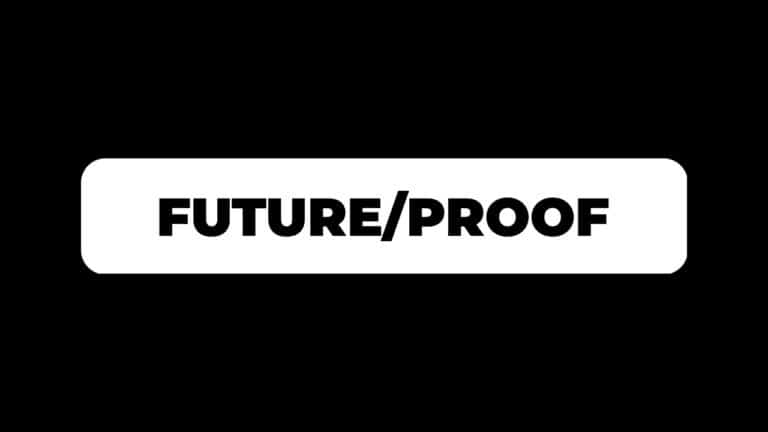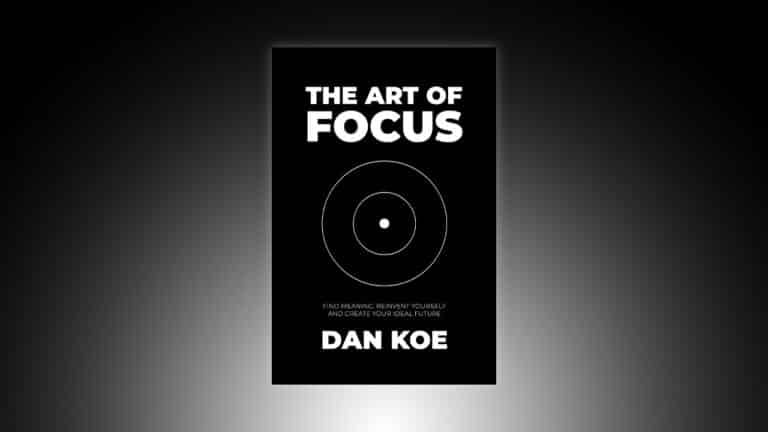Before we begin: this letter is one of many in the one-person business series. Here are a few more.
The One-Person Business Model (How To Productize Yourself)
The Rise Of The Value Creator (A Career Path For Polymaths & Self Improvers)
11 Insights I Wish I Knew As A Creator
You Have A $100,000 Product In Your Head
And lastly, all of these are just interesting posts. They’re valuable, yes, but the real value is in the systems I’ve refined that maintain my little one-person business that pulls in +/- $100,000 a month.
If you want a Notion dashboard with these systems to manage your business (with full-fledged education on brand, content, product, marketing, and promotions), then you may enjoy Digital Economics.
Productize yourself for the new economy by enrolling here.
If you’re building a one-person creator business, pay attention.
I’ve been in this game for 3 years now.
I’ve seen accounts small and large disappear off the map.
I’ve seen small accounts make $100K a month.
I’ve seen large accounts make $1K a month.
Most people see this and think of one or the other as bad.
That they should stick with a high-priced service and never have enough time on their hands, or gain a lot of followers and never make enough money to survive.
There is a crucial piece of the solopreneurship puzzle that nobody talks about.
While most people think you have to sacrifice either time or money, I’m here to tell you that you can have both.
How?
Digital Leverage.
Let me paint a picture of what I mean.
With 500K+ followers and a solid reputation, I can:
- Reach out to almost anyone, even celebrities, and get a response.
- Promote a product, service, or message and have it reach 10x more than the followers I have.
- Increase or decrease my income within a specific range with a strategic investment of time or money.
If I had to make $50K in 24 hours, I have the leverage to do so. Hell, if I really tried, I could make $100K in 24 hours without owing any favors or money to anyone, but I’d probably have to cross some moral barriers. That doesn’t feel good.
And on special occasions, like Black Friday weekend, my little creator business pulled in $139,000 in revenue.
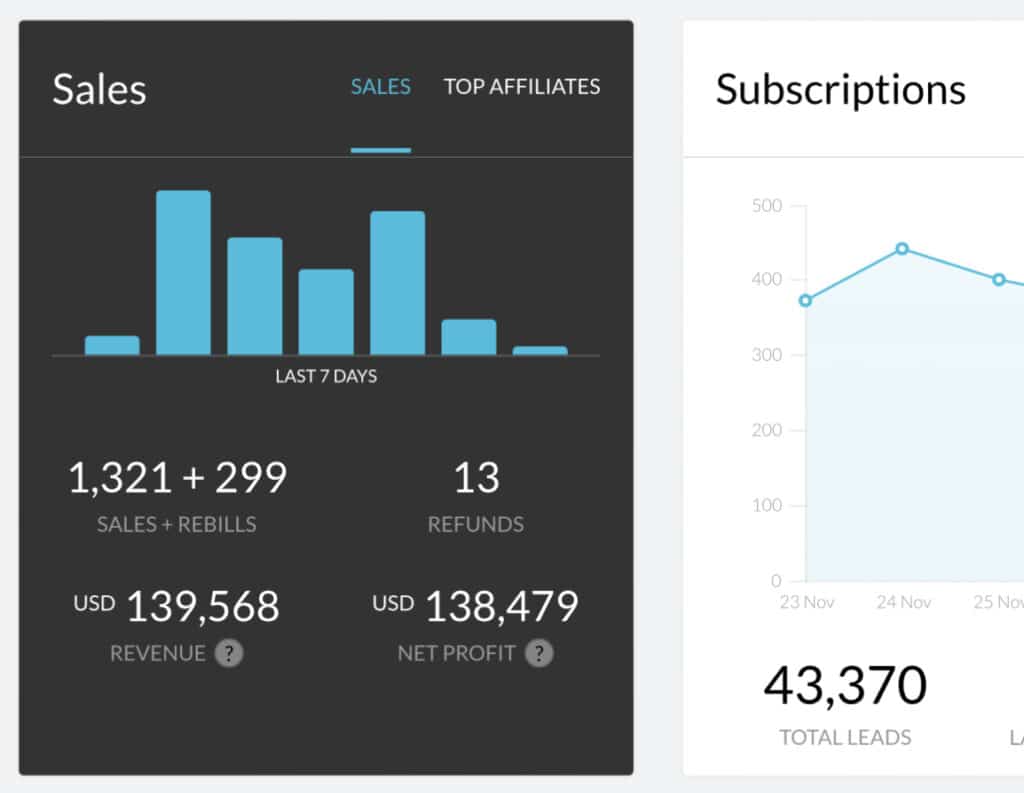
This wasn’t always an option, and definitely wasn’t an option before I had a lot of followers.
JK Molina talks about how “likes ain’t cash,” which is true, but cash alone ain’t leverage.
Now, of course, as with anything I talk about, this is goal dependent.
If you want to create content around your interests, not hire employees, and unlock an abundance of time & money… this is for you.
If your goals are different, don’t let a few flashy screenshots distract you from carving your own path.
The Mental Monopoly
The Internet enables eight billion monopolies. – Naval
To make things simple, your “personal brand” is based on what you want out of life.
The thing you are leading your followers toward.
Everyone has the same desires.
They’re all based around the eternal markets:
- Health
- Wealth
- Relationships
- Bonus: Happiness
The first 3 are survival or actualization based (see: Maslow’s Hierarchy Of Needs).
The last is transcendence based (see: the next phase of Maslow’s Hierarchy that he had plans to complete before his death).
These markets are where burning problems exist. The ones that are relevant, profitable, and evergreen. Everyone has either conscious or subconscious goals relating to these markets.
Now, we don’t want to be a normal old “personal brand,” we want to be a personal monopoly.
Your long-term success as a creator depends on the mental monopoly you create that occupies a small chunk of the collective consciousness.
Irreplaceable is a good word.
How do we become irreplaceable?
By pursuing your genuine curiosity.
That’s what makes you, you.
And if you are the only ‘you’ on this planet, your niche of one is already carved out.
But, most people can’t pursue their curiosity. At least not consistently.
Why?
Because their attention is being manhandled by their base psychological needs.
Self-actualization is a need, not a want, for living a good life.
Your future isn’t about competition with others, it’s about competition with your distracted mind.
Meaning, an exceptional future belongs to those that can master their survival, pursue their genuine curiosity, and pass down what they learned.
So:
- Improve yourself
- Solve your own problems
- Master your survival
- Document your journey
- Pursue your curiosity and separate yourself from the crowd
How you do this is unique to you.
If your goal is financial freedom, your path will not be the same as others. Your story is what turns you into a niche of one.
If you and I both achieved financial freedom through different skills, interests, and lessons learned through struggle, we would have a drastically different story to tell.
This story is valuable to the generation under us, and is crucial for your brand success.
Why is this important?
Because that is what we are here to do.
Self-actualize and transcend.
Pass down your lessons.
Help others get there faster.
Do good for humanity and receive good back.
If enough people do this, imagine what kind of world you can help create.
If more people solve their base survival needs, they open up room for creative problem solving.
Creativity, innovation, and discovery through the pursuit of curiosity are what will take us into the next phase of evolution, whatever it may be.
Distribution = Freedom
Build distribution, then build whatever you want – Jack Butcher
“Distribution,” from the lens of a creator business, is the potential traffic you can send to a product, service, or crevice of the internet.
There are 3 types of distribution:
Built, borrowed, and bought.
You build distribution by growing an audience with internet content. Then, you can (and should) take it a step further by “de-platforming” your audience.
You de-platform by funneling your audience to a community or newsletter. These can be free or paid.
Social media platforms can go *poof* at any time. Your account can get suspended, you can get canceled, or you may just hate social media enough to leave.
But, they can’t take an off-platform community or email list away from you. And, these are your most dedicated readers, so it’s better to give them the most value and attention anyway.
You borrow distribution by leveraging other people’s audience, community, or newsletter.
You can be hosted on their podcast and plug your offers.
Or, your ideas can be so unique that they mention you on their podcast without you being there. They can give credit to your ideas in their posts, newsletters, and even a full-fledged book at times.
This is the game you eventually want to play. Make your ideas so contagious that your distribution continues to grow without any manual effort.
Let your ideas live in peoples’ heads rent-free.
You buy distribution in many different ways.
The various options for paid ads are the obvious ones, but not the most powerful.
You can buy sponsorship spots on podcasts, newsletters, and YouTube videos.
You can also buy paid shares like retweets, Instagram stories, or even “watch next” slots on YouTube videos. I haven’t tried this one for those wondering, my recent YouTube growth happened out of nowhere (but I’m not opposed to testing it out).
The last one, paid growth, is my favorite because it usually results in a large number of engaged people following you. You don’t tell them to follow you, they follow because your content is good. This compounds with time and crosses over with “built” distribution.
The common objection to this is “cheating,” which is usually spouted by those that aren’t in the creator game. If your brand, content, or product suck you’re not going to grow, sell, or be seen as any kind of authority.
Bought traffic compounds the results, ideas, and time in the game you already have.
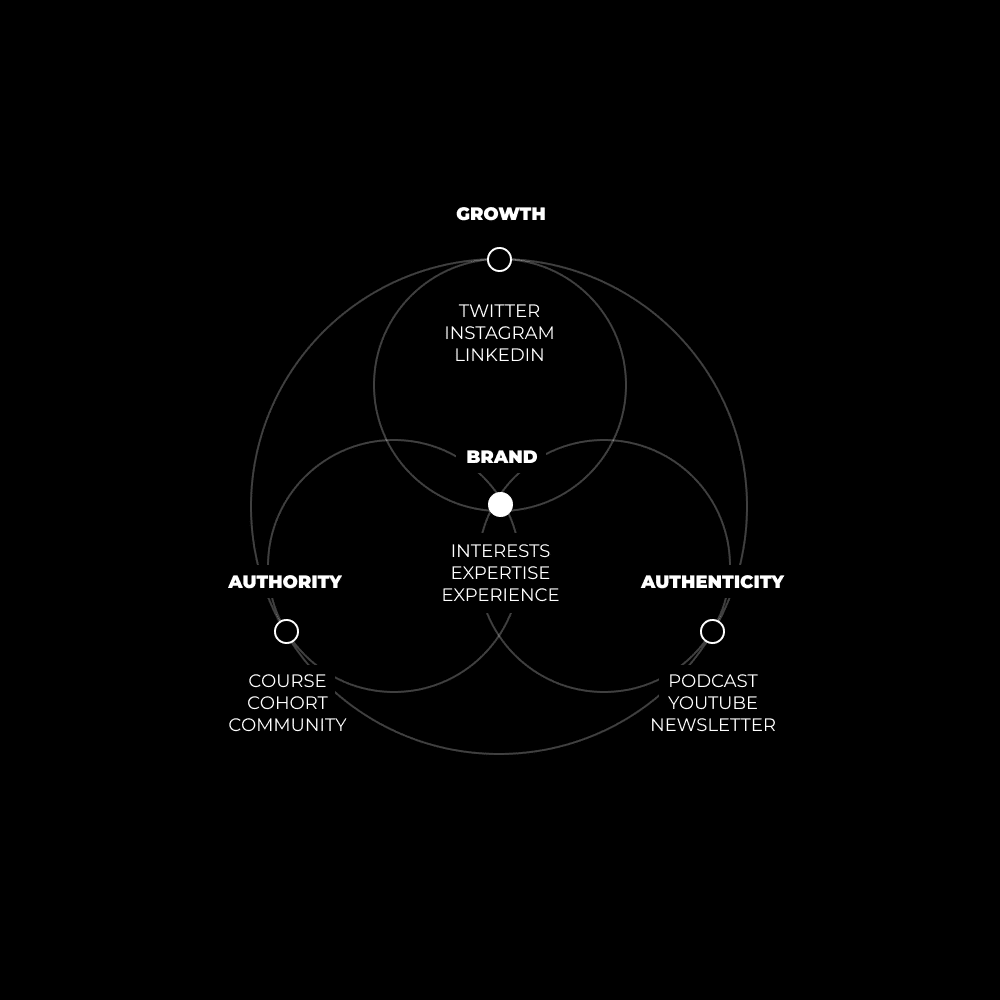
That image is my current distribution network.
I have 500K+ followers across multiple platforms, 40K+ newsletter subscribers, and a product stack that allows me to comfortably fund my desired lifestyle.
One thing that way too many people forget:
Your audience is not just your audience.
The Network Effect is extremely powerful.
I don’t only have access to my following.
I have indirect access to the followers of every person following me – many of those people being micro-celebrities or others with 100K+ audiences.
I also have access to those that people share my content with digitally or by word of mouth.
And, I have access to the “followers” of everyone that follows me. To a lesser extent, of course.
The point being, my ideas have the small potential of reaching any of the 4.5 billion people on the internet if (1) I’m consistent (2) I prioritize creative ideas that stick.
With 500K followers, I have indirect access to 10X more potential traffic. The same holds true for smaller followings, they just don’t realize it.
Products That Don’t Require Time
We will discuss what product or service style you should be focused on in the next section, but let’s understand this:
Your income, lifestyle, and freedom are limited by the amount of time your products take to fulfill.
With a projected 62% of labor jobs being threatened by automation in the next decade, it makes sense that the highest-paid individuals will be those that prioritize selling their knowledge.
When you have an absurd amount of distribution, but only have a service that requires your precious time, it’s not going to be fun.
You don’t have a product in place that can sell, fulfill, and maintain itself while you sleep. If you have an influx of traffic from someone else mentioning your ideas, like on a podcast, you are flushing money (and more leverage) down the drain.
Another thing:
The more people you help, the more leverage you have.
If people dig into your deep, valuable, and actionable ideas, systems, and advice – you hold more mental real estate.
People that only sell high-ticket coaching, freelancing, or consulting don’t have this power.
Like how you will remember the author of your favorite book for the rest of your life.
Books, digital products, and high-value long-form content have a higher potential impact than servicing a few select people with freelancing or coaching.
The more impact you have on the world – the more attention you hold – the more leverage you have.
Internet Content Is Idea Warfare On Mental Real Estate
Most one-person business beginners don’t see content for what it is.
It’s not about catching attention.
It’s not about getting the most followers.
It’s not about having the most engagement.
It’s about valuable ideas.
Valuable ideas = relevant, understandable, and actionable to the point of them being spread without personal effort.
The more perspective-shifting ideas you put out into the world, the more mental real estate you occupy.
The big problem:
It’s common (and good) advice to steal high-performing ideas from other creators.
I do this all the time.
I steal ideas from:
High performing YouTube videos – go to a channel you aspire to be like and filter their videos by most popular.
Medium articles – Medium’s algorithm gives you content based around your interests. You can get some incredible ideas just by skimming the home page.
Top tweets – with Twemex or TweetHunter, you can filter any account’s tweets and see what their highest performing content is.
Those are a few common examples. The problem is a lack of balance, testing, and turning those ideas into your own through direct experience.
I talk about this more in 2 Hour Writer.
Now, let’s understand the evolution of your journey.
As with all domains of life, there are developmental stages.
These stages have a certain set of opportunities available to them in alignment with their skills, results, and experience.
A stage 1 creator can’t send out an email and make $50K on demand like a stage 3 can. Nor can they DM anyone and get a response, have their choice of business opportunities in their DMs, or have the freedom to disappear for 3 months because they don’t have clients to service.
You develop yourself and your business by consistently pushing the boundaries of what you know.
Preface: All of these stages are made up from my observation over the years. They aren’t set in stone and don’t apply to everyone. And, this mainly applies to one person creator businesses that aren’t starting their journey with prior business success.
Stage 1 Creators (Low Leverage)
This is where every single new creator starts.
Social media growth is formulaic. These stages will help you understand it more.
Most people think they can’t grow an audience, but they look at their favorite creator’s content, know they have the same knowledge, and don’t realize that social media is a skill that can be learned like any other with practice and persistence.
Here’s what to focus on in Stage 1 of your creator journey:
1) High Performing Content
You need to understand what kind of content actually leads to growth.
You can’t just start putting out whatever you feel like posting and expect it to do well because you are clever and artsy.
If you aren’t growing, it’s not the readers’ fault for not understanding your writing, it’s your fault for not writing in an understandable way.
Study popular tweets, viral content, and attention-grabbing headlines. Immerse yourself in them, deconstruct why they work, and start testing what you learn in your own content.
2) Content Templates As Training Wheels
Almost every single social media course has content templates that you can follow. Use these as training wheels.
Here’s a template that I reuse on a daily basis. It’s second nature for me now to structure my writing in a digestible, shareable, and understandable way:
Trust me when I say:
— DAN KOE (@thedankoe) May 29, 2020
– Writing down your goals
– Refining them into small tasks
– Prioritizing each task daily
Will make it 100x easier to actually achieve your goals
Relying on your memory isn't reliable, distractions are all around you
When you are studying high performing content, pay close attention to how it’s structured.
Hook > value > conclusion.
Practice plugging your ideas into these.
3) Short Form Growth & Idea Validation
Tweets, reels, TikToks, shorts, Instagram posts, and LinkedIn posts are all styles of short-form content.
Social media platforms should be treated as “top of funnel” growth mechanisms at the beginning. You can always start testing authority and authenticity style content, but you have to grow.
If you can master short form, you will have a solid base when it’s time to evolve into stages 2 and 3.
What happens if you get trapped in this stage?
You end up as a brand with high followers but zero loyalty.
If you were to disappear one day, nobody would ask themselves “Hey, where’d Dan go?”
Their obsession with engagement and basic advice leads to an account with low monetization potential.
Full control over your income, lifestyle, and opportunities you take is not an option.
They act out of scarcity because they haven’t mastered their survival through self-development.
Stage 2 Creators (Medium Leverage)
Once you hit 10K followers or so, you should feel like you have the whole social media growth game down.
You don’t have to wait until this point to monetize, and I actually recommend not to wait, but this is where the real money will come in.
At 500 followers, I had a $3k month
— DAN KOE (@thedankoe) November 27, 2022
At 10,000 followers, I had a $10k month
At 50,000 followers, I had a $50k month
At 200,000 followers, I had a $150k month
If this shocks you, good.
If it doesn’t, props.
Hopefully it some break out of their limiting money beliefs.
If you aren’t making $1 per 1 follower, you can upskill yourself to reach that baseline.
1) Learn Direct Response
Direct response marketing or copywriting has the purpose of persuading people to convert immediately. Sales and offer creation are also lumped into this – worth studying.
This skill is what makes people like Alex Hormozi rich before they go all in on brand by giving everything away for free. You should give everything away for free, but over the course of years via long form content. Aggregate the actionable points in the form of a system into a paid product.
This is the same story with someone like Justin Welsh and many others in the social media space. They start out with a service business, burn through direct response books like Ca$hvertising by Whitman, and even when they pivot into a more ‘authentic’ voice – the advertising principles still form their marketing and content.
By learning direct response, you understand buyer psychology on a deeper level, and will see a drastic improvement in your offers, conversions, and baseline income.
2) Build A High Ticket Offer
When you are between 10,000 to 80,000 followers, you don’t have the time in the game to pull in big money without a high ticket offer.
(I am saying this from the context of starting a creator business without any prior business experience).
This is where freelancing, consulting, or coaching comes into play based around your interests and skill set. I talk about creating a Minimum Viable Offer to iterate on here.
At this stage, you have ample traffic – and hopefully skill – to land 4+ clients at $2500-$5000 per month.
All of these numbers are estimates depending on your true skill level backed by real world experience, not the skill level you think you are at.
Focus on getting results, refining your unique system, and preparing yourself to evolve into stage 3.
By the way, I have strategies and roadmaps for every single thing we are talking about here inside Modern Mastery. Readers can join for $5.
3) Branch Into Long Form Content
By now, you’ve grown enough to know what tweets, posts, or ideas do well.
You want to start dissecting these ideas and creating depth behind them.
You do this by turning your validated ideas into long-form podcasts, newsletters, or YouTube videos.
The depth you create behind these ideas is what will turn followers into die-hard fans. And, you will find new ways of approaching the ideas to start creating your mental monopoly.
I would recommend starting with a newsletter.
Long-form content doesn’t disappear. You can stack up 20+ newsletters and repurpose them to other platforms later.
What happens if you get trapped in this stage?
You build yourself into another 9-5.
You’ve mastered your survival, but haven’t leaned into your curiosity.
You have just enough clients to make a living, but not enough time to utilize the leverage you’ve built.
Stage 3 Creators (High Leverage)
Many don’t reach this stage.
Why?
Because it’s impossible without survival mastery, ego development, and multidisciplinary study.
People get locked into the “one thing” mindset (which isn’t bad at the beginning), build themselves into a high-ticket client cycle, and don’t pursue complementary interests and skills.
1) Productize, Build A Network, & Leverage Results
By now, you may have already created a product. If so, good work.
But, by now, you definitely should have results from your service.
You’ve iterated on your system for getting results, have gotten better results, and can now leverage those results everywhere.
My advice:
- Take your system and method for getting results
- Reposition it towards a broader audience (beginner level)
- Use your results as initial social proof to have a 6 figure launch
If you want to know more about productizing your knowledge, I wrote about it here.
The social proof you’ve acquired by having a high follower count and good ideas can get you in the door with other big players.
DM them. Offer to help them however you can. Eventually, you will have 5-10 confidants that you can rely on for cross-platform growth and business opportunities.
2) Refine Your Ideas & Diversify
The graphic above that illustrated my distribution network had 3 key areas: growth, authenticity, and authority.
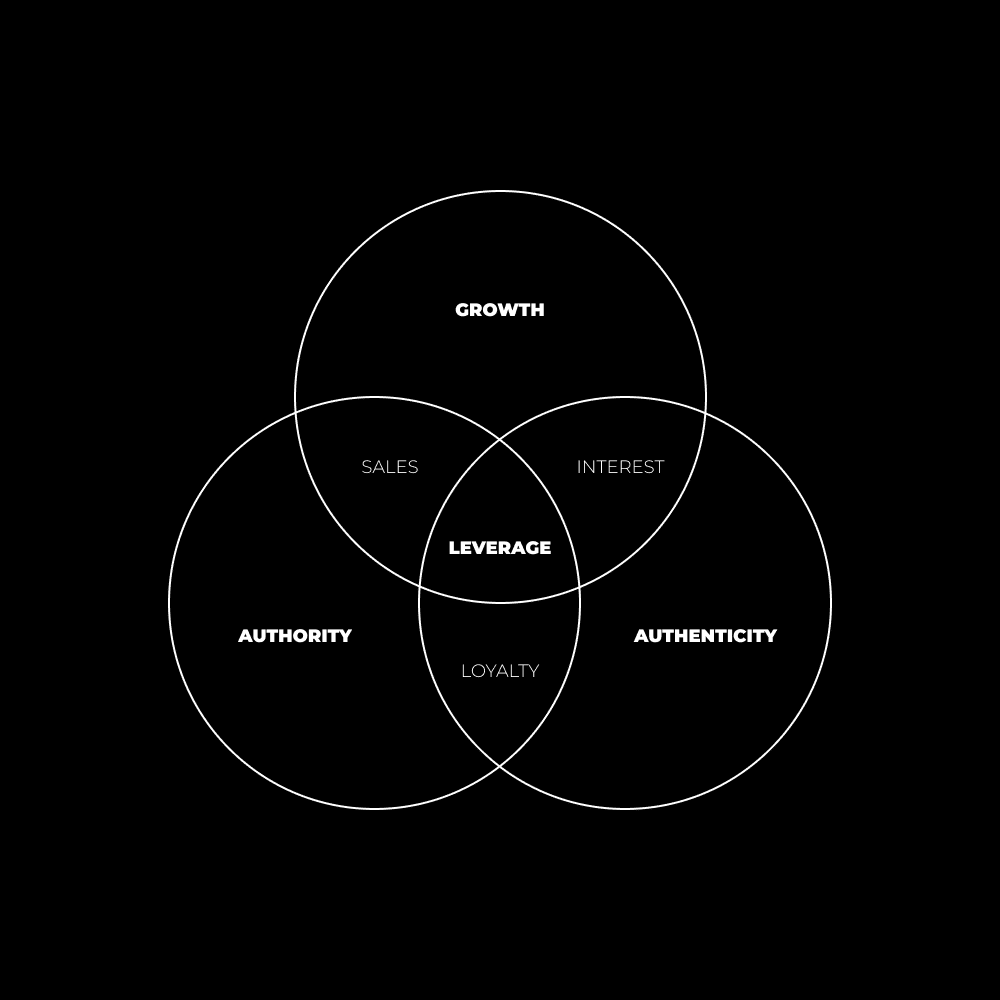
Growth comes from short-form content.
Authority comes from product or service results.
Authenticity comes from long-form big idea synthesis.
And, of course, they all overlap each other. Authority and authenticity can apply to short-form content, etc, etc.
In stage one, 80%+ of your content should be focused on growth.
In stage two, you start to incorporate more authority content around the product or service you are selling. You start to dabble in authenticity with long form.
In stage 3, it’s time to double down on your best ideas and use them to grow on other platforms.
I grew very quickly on Instagram and LinkedIn by:
- Reaching out to big accounts on those platforms
- Showing them I had value (with my following) and time in the game
- Offering an exchange of services, shares, or money to help me grow in the most optimal way possible
I had content that had already performed well.
So, when I approached a new platform with a solidified growth strategy… all I had to do was use my past content, get it in front of my network’s network, and grow fast.
3) Prioritize Long Form Content
Once you reach a point of high income and high followers, it’s time to put a heavy emphasis on being a synthesizer.
You can do this at the start, of course, but this is where it becomes very important for the future of your brand.
This is best done with long form.
In short, you:
- Pursue what interests you
- Study the big-picture ideas of those interests
- Note patterns based on your experience
- Connect the dots with long-form content
- Create your own versions of concepts, processes, and philosophies
- Take pieces of that long form for your short-form content
This is where business becomes extremely fulfilling.
This is how I created my own concept of the “one-person business” that gives a novel approach to all of this stuff. Others talk about one-person business all the time, but it’s through the same watered-down lens that isn’t very interesting.
I’ve also named processes like Intelligent Imitation, The Unknown, and Tactical Stress.
This comes from applying any of my interests – like philosophy, neurobiology, and spirituality – to business. I have enough exposure to all of those domains that I can note common patterns.
To Wrap Things Up
As to methods there may be a million and then some, but principles are few. The man who grasps principles can successfully select his own methods. – Harrington Emerson
This entire letter is my method based on principles.
Don’t take it as law.
This is not the only way of doing business, clearly.
Try things out, experiment, and create your own way of doing things.
The main lesson of this letter should be what I always preach.
Never stop learning.
Never stop building.
Never stop evolving.
Distraction and comfort are the only things that can get in your way.
Self-actualize > self-monetize > self-transcend.
– Dan Koe
What Happened This Week
Digital Economics is now open to the public. You can enroll at any time. And, you can access Digital Economics 101 (a mini course) for free. If you’re interested in productizing yourself with the systems I’ve refined with 3 years of creator experience, consider enrolling in the full fledged curriculum.
On YouTube, I posted a video on how I remember everything I learn. This is the best way to learn new skills fast and get real-world results. This week, I’m posting a video on how to turn the knowledge in your head into a profitable product.
In Modern Mastery, I posted a training on “How To ‘Niche Down’ Multiple Interests.”
If you want to check out my free tools, top-rated products, or previous letters – visit my site.

